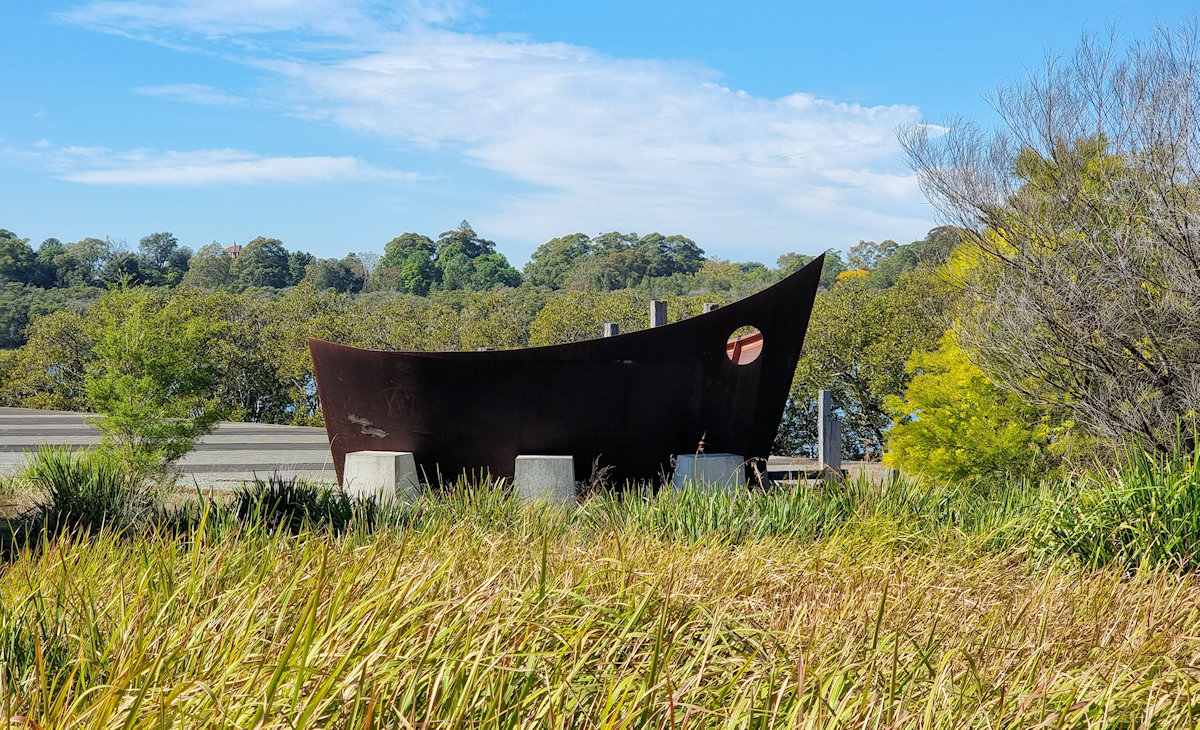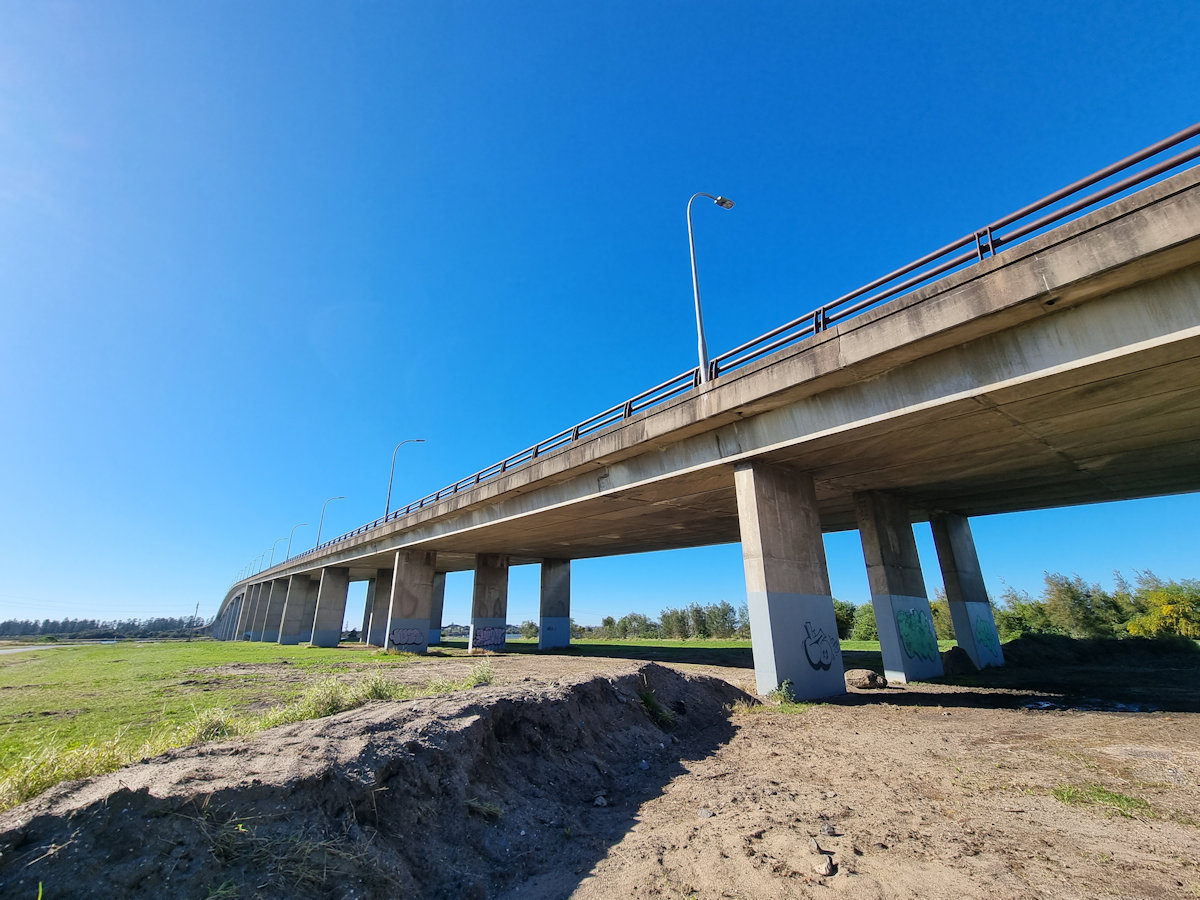Category: Art
-
Floriade Canberra 2023

Floriade Canberra 2023 Running from 16 September to 15 October 2023 in Canberra Australia, the annual Floriade flower show is the country’s largest celebration of spring. This year over one million blooms put on an amazing display of colour. We walked around the displays on the first day they were open, lucky enough to have… Read more
-
Brays Bay Ship-Building Memorial

Brays Bay Ship-Building Memorial Located adjacent to the Kokoda Track Memorial Pathway, the Brays Bay Ship-Building Memorial is a tribute to the ship building that operated here from 1939 to 1945. Representing a ship a sculpture sits next to the entrance walkway which has ships’ names etched into it. Operated by Tulloch, the shipyard built… Read more
-
Stockton Bridge Newcastle Australia

Stockton Bridge Newcastle Australia Spanning the North Channel of the Hunter River, the Stockton Bridge connects the Tomaree and Tillegerry Peninsulas with Newcastle, Australia. Replacing an earlier vehicle ferry from Stockton to Newcastle (the passenger ferry still runs), it has significantly improved vehicle flow. When opened in 1971, it was the longest bridge (at 1,024m)… Read more